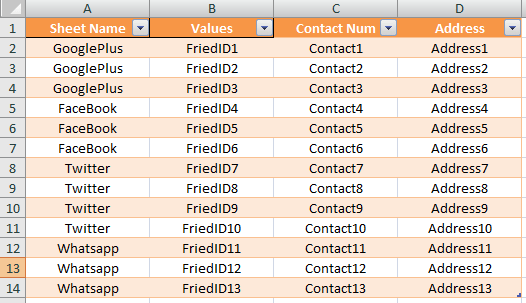5 Essential Documents to Start a Hybrid LLP

In the dynamic world of business today, choosing the right legal structure is crucial for a company's success and compliance. A hybrid Limited Liability Partnership (LLP) stands out as a flexible option combining the benefits of partnerships with the limited liability of corporations. If you're contemplating forming a hybrid LLP, understanding the essential documents required is a vital step. Here, we'll explore the key legal paperwork needed, ensuring your business is ready for a seamless setup and operation.
1. LLP Agreement

The foundation of any LLP, hybrid or otherwise, is the LLP Agreement. This document outlines:
- The partners' names and responsibilities.
- Capital contributions.
- Profit-sharing ratios.
- Management structure.
- Dispute resolution mechanisms.
For a hybrid LLP, which may have both general and limited partners, the agreement must clearly define:
- Who the managing partners are (those with unlimited liability).
- Rights and responsibilities of limited partners (those with limited liability).
2. Certificate of Registration

A Certificate of Registration is issued upon successful registration with the relevant authority. Here's what it includes:
- Name of the LLP.
- Registered office address.
- Names of designated partners.
This certificate is a public document and proves the LLP's legal existence. For a hybrid LLP, ensuring all partners' details are correctly listed, including those with different liability statuses, is critical.
3. Form 2 (Incorporation Document)

The Form 2 or the Incorporation Document is required to register an LLP. Here are the key components:
- Name of the LLP.
- Address of the registered office.
- Consent from the first partners.
- Statement of compliance.
When forming a hybrid LLP, you'll need to specify how partnership interests are structured, especially since partners might have varying degrees of liability.
⚠️ Note: Accuracy in this document is crucial as incorrect information can delay registration or necessitate additional filings.
4. Application for DIN/DPIN

Every partner in an LLP needs a Director Identification Number (DIN) or Designated Partner Identification Number (DPIN). Here's what's involved:
- Submission of an application form.
- Required documentation like ID proofs, address proofs, and PAN.
- Fee payment.
For hybrid LLPs, obtaining these numbers is critical for managing partners as well as for some limited partners, especially if they're involved in decision-making processes.
5. Application for Company PAN and TAN

An LLP must obtain:
- A Permanent Account Number (PAN) - Essential for tax filings.
- A Tax Deduction Account Number (TAN) - Required for tax deduction purposes.
These numbers ensure compliance with tax obligations, a key consideration for all businesses, including hybrid LLPs.
To wrap up, starting a hybrid LLP demands careful preparation of the following documents:
- The LLP Agreement - crucial for defining internal governance.
- Certificate of Registration - proving legal existence.
- Form 2 - necessary for incorporation.
- DIN/DPIN applications - for partner identification.
- PAN and TAN - for tax compliance.
Each document plays a pivotal role in establishing a strong foundation for your hybrid LLP, ensuring you're set up for legal compliance, effective management, and future growth. Understanding these documents well allows you to navigate the complexities of business structuring with confidence.
What is the primary difference between a general partner and a limited partner in a hybrid LLP?

+
In a hybrid LLP, general partners manage the partnership and have unlimited liability, while limited partners contribute capital but do not take part in management and have limited liability.
How long does it take to register a hybrid LLP?

+
The registration process might take anywhere from a few days to a few weeks, depending on document preparation, approval from the registrar, and any required changes or clarifications.
Can I convert an existing partnership into a hybrid LLP?

+
Yes, an existing partnership can be converted to a hybrid LLP through the process of filing specific forms and fulfilling certain criteria set by the Companies Act.



